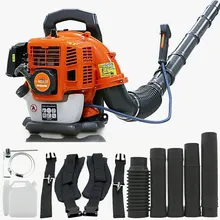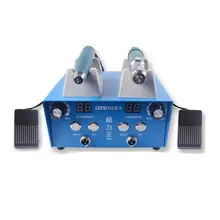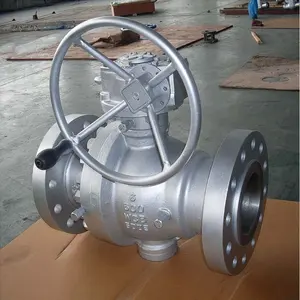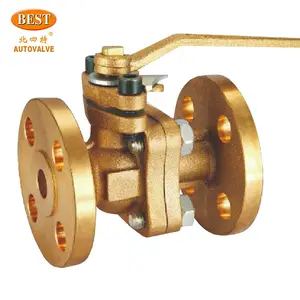Introduction to Flanged Ball Valves
Flanged ball valves are a pivotal component in numerous industrial and residential applications, designed to regulate and control the flow of various media through piping systems. These valves are characterized by their flange connection, which facilitates their integration into existing pipelines. The flanged ball valve, a type of quarter-turn valve, employs a hollow, perforated, and pivoting ball to control flow through it. It is open when the ball's hole is in line with the flow and closed when it is pivoted at 90-degrees by the valve handle.
Types and Applications
The versatility of flanged ball valves is reflected in their various types, such as the 2 flanged ball valve and 3 flanged ball valve, each suited for different diameter pipes. Larger variants like the 4 inch flanged ball valve cater to industrial needs where high volume flow rates are common. Specialized types include the 3 way flanged ball valve, which allows for more complex flow directions. Applications range from water distribution in irrigation to process control in the pharmaceutical and petrochemical industries.
Features and Materials
The construction of a flanged ball valve often involves robust materials such as stainless steel, exemplified by the stainless steel flanged ball valve, known for its corrosion resistance and durability. Other materials like polypropylene can be found in the pp flanged ball valve, offering chemical resistance for specialized applications. Features such as full port design and blow-out-proof stems enhance the functionality and safety of these valves.
Advantages of Flanged Ball Valves
Flanged ball valves offer several advantages, including ease of installation and maintenance due to the flange design. The ball valve flange type connection provides a secure fit and facilitates easy disassembly for repairs or cleaning. Moreover, the simplicity of their operation and the ability to achieve a tight seal with minimal torque contribute to their widespread use.
Selection Considerations
When selecting a flanged ball valve, considerations such as the size of the ball valve 2 inch flange or the 4 flanged ball valve should match the pipeline specifications. The material of the valve must be compatible with the media it will control, and the pressure rating should align with the system requirements. It is essential to evaluate the specific needs of your application to ensure optimal performance and longevity of the valve.
Conclusion
In conclusion, flanged ball valves are a crucial element for effective fluid control in various systems. With a range of sizes and materials, such as the 2 1 2 flanged ball valve and the 3 inch flanged ball valve, they offer adaptability for different applications. While selecting the appropriate valve, it is vital to consider the specific requirements of your system to ensure efficient and reliable operation.










































 浙公网安备 33010002000092号
浙公网安备 33010002000092号 浙B2-20120091-4
浙B2-20120091-4